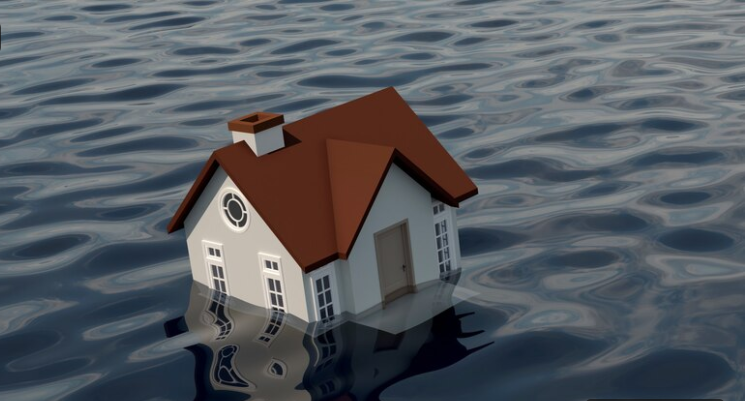Flood Insurance Costs and Flood Zones
Risk-Based Pricing Structure
Yes, flood insurance costs significantly more for properties located in designated flood zones, reflecting the higher probability of flood damage. The National Flood Insurance Program (NFIP) and private flood insurers use risk-based pricing that directly correlates premium costs with flood risk levels. Properties in Special Flood Hazard Areas (SFHA) designated as high-risk zones typically pay 3-10 times higher premiums than properties in moderate or low-risk areas. For example, a property in a high-risk AE zone might pay $2,000-$4,000 annually, while a similar property in a low-risk X zone could cost $400-$600 for equivalent coverage. This substantial pricing difference reflects actuarial data showing that high-risk properties experience flood damage much more frequently than those outside designated flood zones.
Zone Classification Impact
Different flood zone designations create dramatic premium variations within high-risk areas. Coastal high-velocity wave zones (V zones) command the highest premiums due to storm surge and wave action exposure, often exceeding $5,000 annually for substantial coverage. Standard high-risk zones (A and AE zones) typically cost less than V zones but substantially more than moderate-risk areas. Properties in floodways—the most dangerous parts of floodplains—face the highest rates within their zone classifications. Even within the same zone, elevation relative to Base Flood Elevation (BFE) significantly affects premiums, with properties below BFE paying much higher rates than those elevated above flood levels.
Preferred Risk vs. Standard Policies
Properties outside high-risk flood zones qualify for Preferred Risk Policies (PRPs) that offer substantially lower premiums than standard-rated policies. PRPs provide building and contents coverage starting at around $400 annually, representing the most affordable flood insurance option available. These policies are available for properties in moderate-to-low-risk zones (B, C, and X) that haven't experienced recent flooding. However, properties that flood while covered by PRPs typically lose PRP eligibility and face standard ratings that dramatically increase future premiums. This creates a significant cost advantage for properties outside designated flood zones, though coverage remains advisable given that approximately 25% of flood claims occur in moderate and low-risk areas.
Mitigation Opportunities
Property owners in flood zones can reduce premiums through elevation and mitigation measures. Elevating structures above Base Flood Elevation can reduce premiums by 30-60%, depending on elevation height and zone type. Installing flood vents, relocating utilities above potential flood levels, and using flood-resistant materials qualify for additional discounts. Obtaining elevation certificates that document compliance with floodplain building requirements often reduces premiums for properties built to proper standards. These mitigation opportunities provide pathways for flood zone property owners to achieve more manageable premium costs while improving actual flood protection, though initial improvement costs often require significant investment to realize long-term savings.


